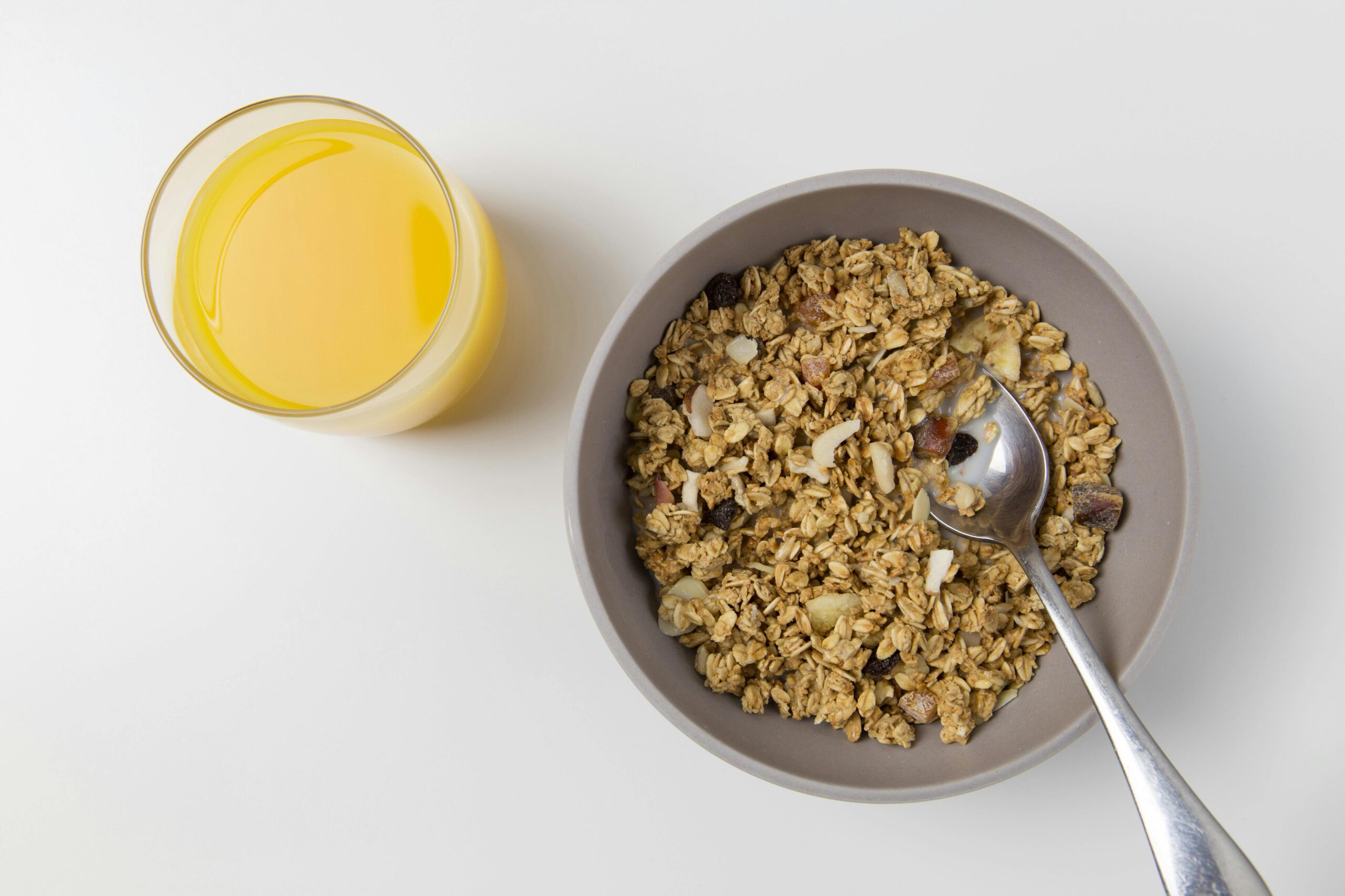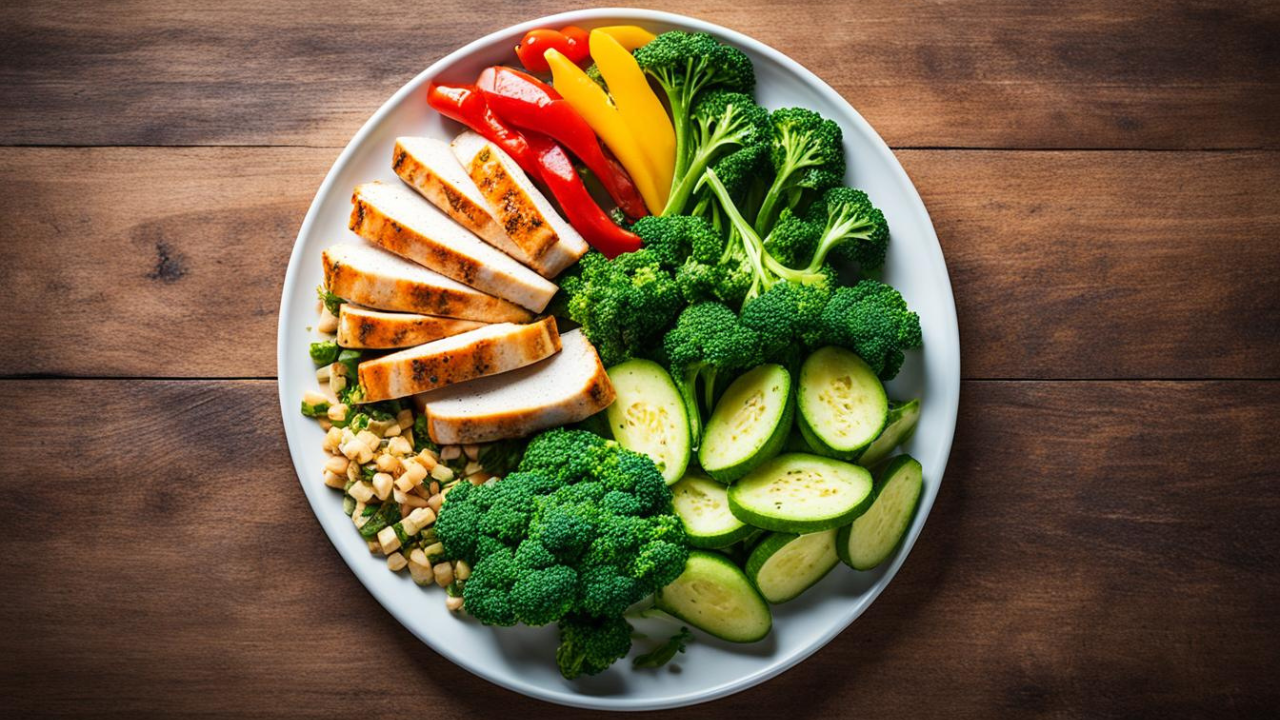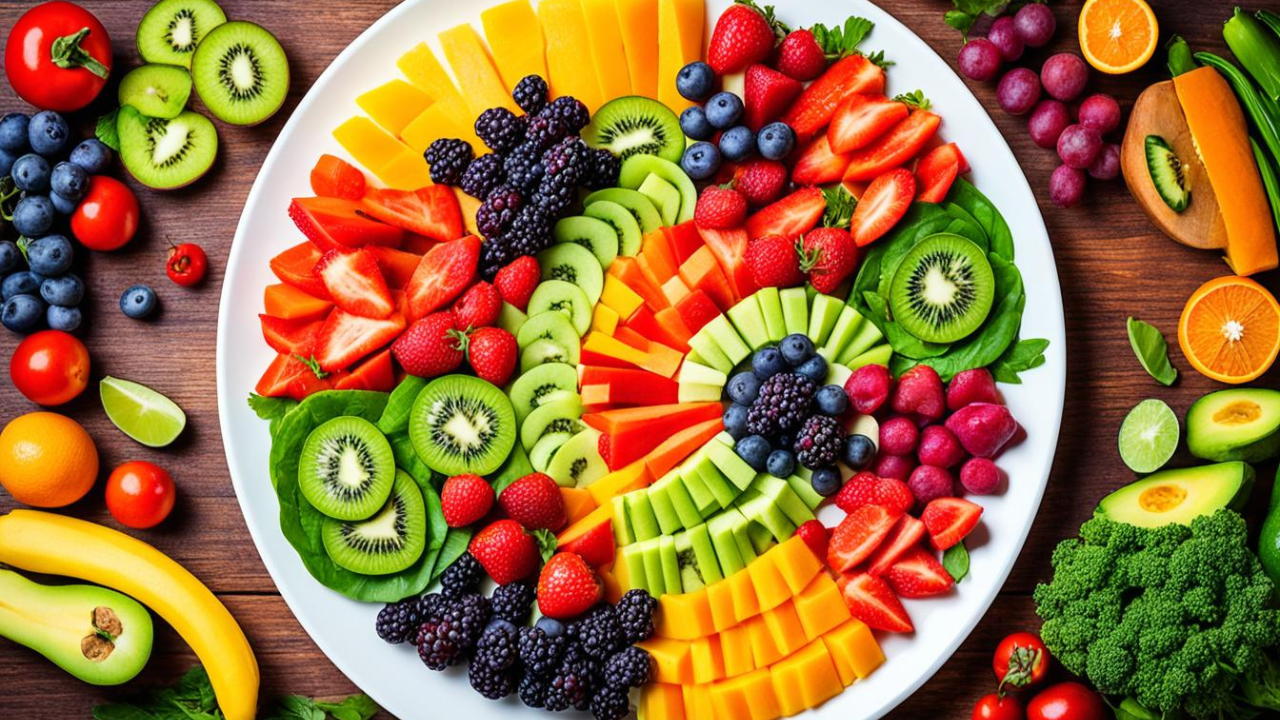Role of Fiber – Fiber is one very important component of a balanced diet that often gets ignored. Among the key players involved in maintenance of good digestive health, regulation of blood sugar, and general wellness are fruits, vegetables, whole grains, and legumes, and such high importance is placed on fiber in most of our diets. Here, we shall consider all the types of fiber, their benefits, how much you need in a day, and tips on how you can add more fiber to your diet.
Explore natural weight loss remedies you can easily practice at home, discover healthy lifestyle changes perfect for beginners, and get daily health tips designed especially for seniors to enhance well-being.
Understanding Dietary Fiber
Types of Fiber: Soluble vs. Insoluble
There are two primary types of dietary fiber, which include soluble and insoluble. Soluble fiber dissolves in water to form a type of gel that helps lower blood cholesterol and glucose levels. Some examples of food sources containing soluble fiber are oats, apples, beans, and citrus fruits.
Fiber does not dissolve in water; it aids in the passage of material through the digestive system, keeps the digestive system clean by making regular bowel movements. It is found in whole grains, nuts, and the vegetables-celery and carrot.
The two types of fiber are very vital for a diet, and the more you eat from a variety of fiber-rich foods, the more benefits you will gain from both kinds of fiber.
How Fiber Affects Digestion?
Fiber is most well known for its benefits concerning digestion. Soluble fiber slows the passage time of bowel movements and increases elimination by giving bulk to stool, therefore limiting constipation. The other type of fiber does not absorb water and when ingested, it causes digestive material to move more slowly and allows the body to control blood sugar and the sensation of fullness. Also, it is a prebiotic which feeds beneficial bacteria gut to ensure better digestive health and improved functions of the immune system.
Health Benefits of a High-Fiber Diet:
Maintaining Weight:
Perhaps the most recognized benefits of fiber revolve around weight management. High-fiber foods are more filling, take more time to digest, and therefore better manage hunger, reducing calorie consumption. As you increase your level of dietary fiber, it will be easier to maintain a healthy weight and avoid obese-related diseases.
Heart Health:
A diet rich in fiber, particularly soluble fiber, lowers cholesterol, which leads to good health for the heart. Soluble fiber in the body absorbs cholesterol from the digestive system and removes it out of the body. This would minimize the likelihood of heart disease and stroke.
Control of Blood Sugar:
Dietary fiber helps most of the individuals suffering from diabetes and who risk developing the condition in controlling blood sugar levels. Soluble fiber retards the absorption of sugar and thus does not cause spiking in the bloodstream after meals. This helps in better management and reduces the risk of diabetes, thereby lowering the chance of the onset of Type 2 diabetes.
Digestive Health:
Fiber allows you to avoid constipation and, normally, from time to time, make sure you don’t miss a regular bowel movement. It feeds beneficial bacteria within your gut for a healthy balance of your microbiome, which is necessary for the normal functioning of your digestive tract.
Amount of Fiber Needed Each Day:
How Much Do I Need?
Recommended dietary allowances for fiber vary by age and gender. The Institute of Medicine recommends a minimum of 38 g/d for men under 50 years old, 25 g/d for women, 30 g/d for men over 50 years old, and 21 g/d for women. More or less, though, most people do not meet these standards, succeeding in achieving only 15 average daily servings.
Symptoms of Fiber Intake Deficiency:
A diet low in fiber can trigger several health issues ranging from constipation, weight gain, to increased heart disease risks. The symptoms of a condition known as fiber deficiency include infrequent bowel movements, hunger that occurs shortly after meals, and high cholesterol levels. If you are experiencing these symptoms, then perhaps it’s the right time to increase your intake of fiber.
Adding More Fiber into Your Diet:
Top Fiber-Rich Foods to Add:
It does not necessarily have to be challenging to add more fiber into your diet. You should target fiber-filled foods and that would include fruits, vegetables, whole grains, legumes, nuts, and seeds. Try starting with a big helping of oatmeal smothered in berries for breakfast. Add beans to your salads and soups. Use whole grains instead of refined grains to get more fiber.
Gradual Fiber Addition Tips:
It is essential to have a progressive increase in fiber intake to prevent a chance of discomfort related to digesting food. Start with one or two foods that contain high fiber and include it in your meals per day. Ensure you have enough water for it to act on the fiber content in your meals. Over time, your body will get used to it, and you will feel all the benefits of a high fiber diet.
Methods to Cook Preparing Meals While Maintaining Fiber:
Some food preparation techniques will cut down on the amount of fiber in a dish. Steam, bake, or eat fruits and vegetables raw for the highest fiber intake. When it is not necessary to peel fruits and vegetables, one should not do so because much of the fiber is in the skin. Bake with whole-grain flour so that the baked product has a good amount of fiber.
Myths About Fiber:
Fiber Is Helpful Only in Digestive Health:
Although fiber is beneficial for the digestive process, its benefits extend far beyond digestion in the human body. Some of the advantages of fiber are weight loss management, heart health, and blood sugar regulation, making it the best complement any diet could have.
Same Image for All Fiber Supplements:
Not all fiber supplements are equal. Some contain one kind of fiber, while others contain a blend. Ideally, get the fiber from whole foods; however, if you decide to use a supplement, consult your healthcare provider on which would suit your needs best.
FAQs:
What is the difference between soluble and insoluble fiber?
Soluble fiber dissolves in water and reduces both blood cholesterol as well as glucose levels. In contrast, insoluble fiber swells in contact with water to increase the bulk of stool and a in digestion.
Can too much fiber be dangerous?
“Yes, consuming too much, fiber incredibly quickly can lead to digestive problems, such as bloating, gas, and constipation. It is essential to increase fiber intake gradually and drink plenty of water.
Are fiber supplement an excellent good alternative to food sources?
Fiber supplements are useful if you cannot meet your daily fiber needs through diet alone; they should not replace fiber-rich foods, though. Whole foods provide additional nutrients that supplements lack.
How do I know which foods have high fiber levels?
Most of the fiber-containing foods hold at least 3-5 grams per serving. Search the nutrition label for the level of fiber and try looking for primary sources in whole grains, fruits, vegetables, and legumes.
Conclusion
Fiber is an important nutrient for an individual’s health and has many benefits beyond preventing constipation and maintaining healthy bowel movements. Find out about the types of fiber and help your overall health by increasing your food intake with more fiber, keeping control over weight, and decreasing chronic diseases. Achieve long-term advantages through a high-fiber diet, starting with small changes to increase your fiber today.



















Leave a Reply